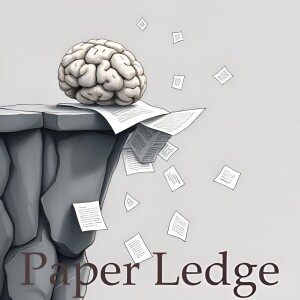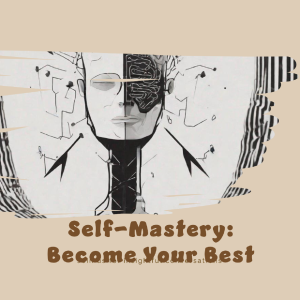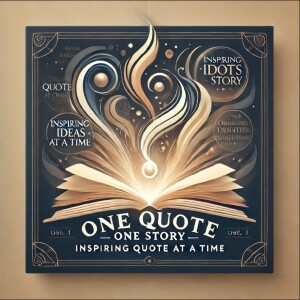

Computer Vision - Uniform Discrete Diffusion with Metric Path for Video Generation
Hey Learning Crew, Ernis here, ready to dive into another fascinating paper! Today, we're tackling video generation – how computers learn to create videos from scratch. Now, you might have seen some amazing AI-generated videos online, and a lot of them use what's called "continuous" methods. Think of it like painting with watercolors, where the colors blend smoothly.
But there's another approach, a "discrete" method, which is more like building with LEGOs. Each LEGO brick (or "token") is a separate piece, and the AI has to carefully assemble them to form a video. The problem is, these discrete methods often struggle with errors that build up over time, and keeping the story consistent across longer videos can be really tough.
That's where this paper comes in! The researchers introduce a new framework called URSA, which stands for Uniform discRete diffuSion with metric pAth. Don't worry about the technical name – what's important is that it's a clever way to improve discrete video generation.
Think of URSA as a master video editor who refines the video bit by bit, focusing on the overall picture at each step. It uses a couple of cool tricks:
-
First, they've created a Linearized Metric Path. Imagine you're planning a road trip. This path is like a carefully mapped-out route that helps the AI smoothly navigate the process of building the video, avoiding any sudden detours or jarring transitions.
-
Second, they use a Resolution-dependent Timestep Shifting mechanism. This is like adjusting the focus of a camera lens depending on how close or far away you are from the subject. It allows URSA to efficiently generate both high-resolution images and long videos.
So, what makes URSA special? Well, it allows for faster, better video generation. The team also developed a way to fine-tune the AI, allowing it to handle different tasks at once, like filling in missing frames in a video (interpolation) or creating a video from a single image (image-to-video generation).
"URSA consistently outperforms existing discrete methods and achieves performance comparable to state-of-the-art continuous diffusion methods."
Basically, URSA helps bridge the gap between the discrete and continuous video generation worlds!
Why should you care?
-
For creative folks: Imagine having even more powerful tools to create stunning visuals and bring your stories to life!
-
For AI researchers: This work provides a new and efficient approach to video generation, potentially leading to further breakthroughs.
-
For everyone: As AI-generated content becomes more prevalent, understanding how these technologies work is crucial for navigating the future.
You can even check out the code and models yourself at https://github.com/baaivision/URSA!
So, what do you think, Learning Crew? A couple of questions that popped into my head:
-
How might advancements like URSA change the landscape of filmmaking and visual storytelling?
-
Could these techniques be adapted to create more realistic and engaging virtual reality experiences?
Let me know your thoughts in the comments! Until next time, keep learning and keep creating!
Credit to Paper authors: Haoge Deng, Ting Pan, Fan Zhang, Yang Liu, Zhuoyan Luo, Yufeng Cui, Wenxuan Wang, Chunhua Shen, Shiguang Shan, Zhaoxiang Zhang, Xinlong Wang
More Episodes
All Episodes>>Create Your Podcast In Minutes
- Full-featured podcast site
- Unlimited storage and bandwidth
- Comprehensive podcast stats
- Distribute to Apple Podcasts, Spotify, and more
- Make money with your podcast












